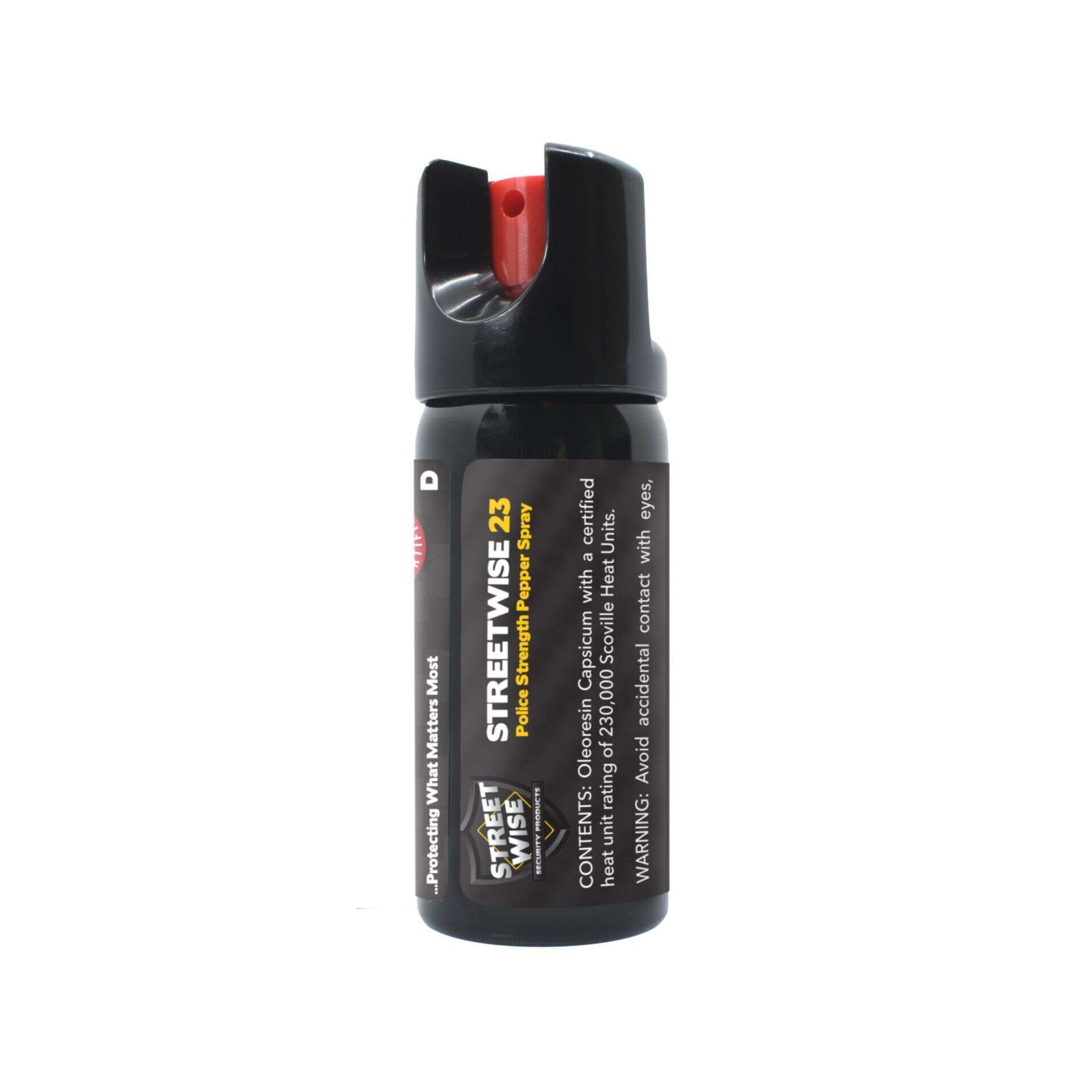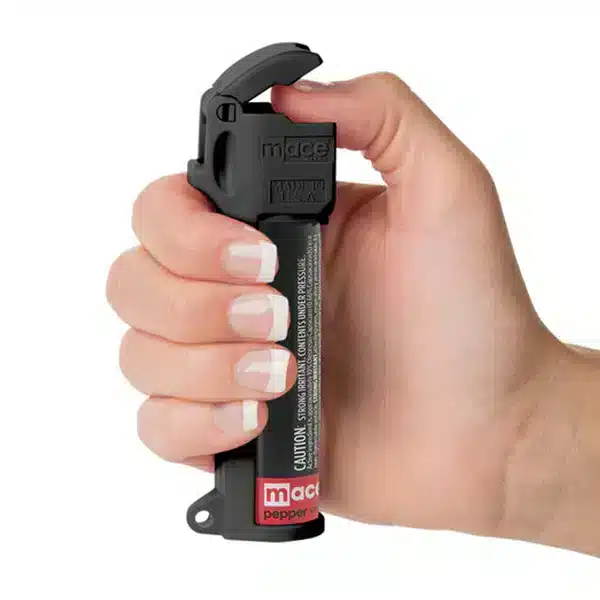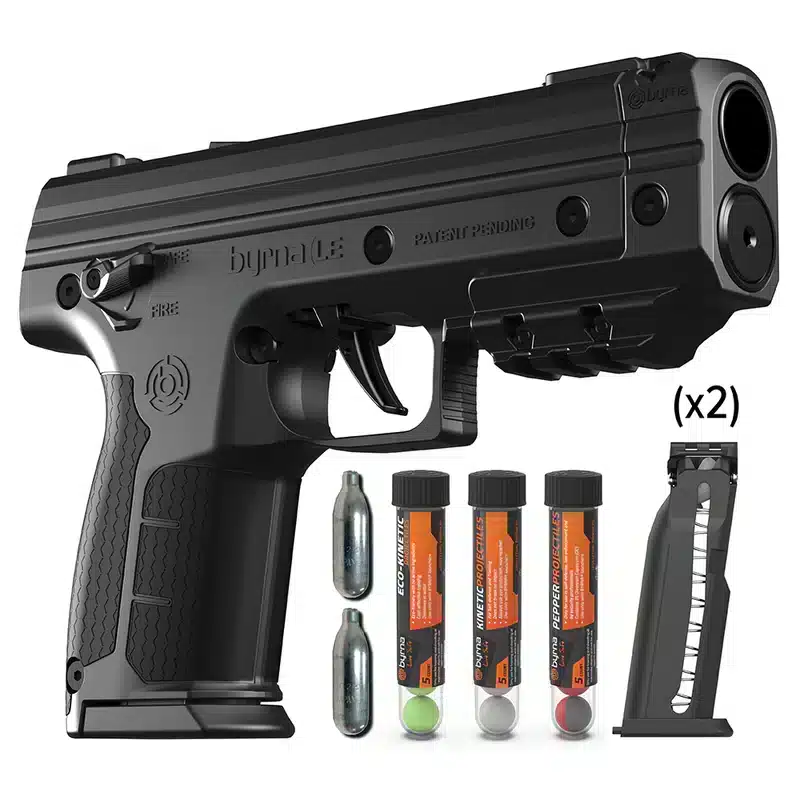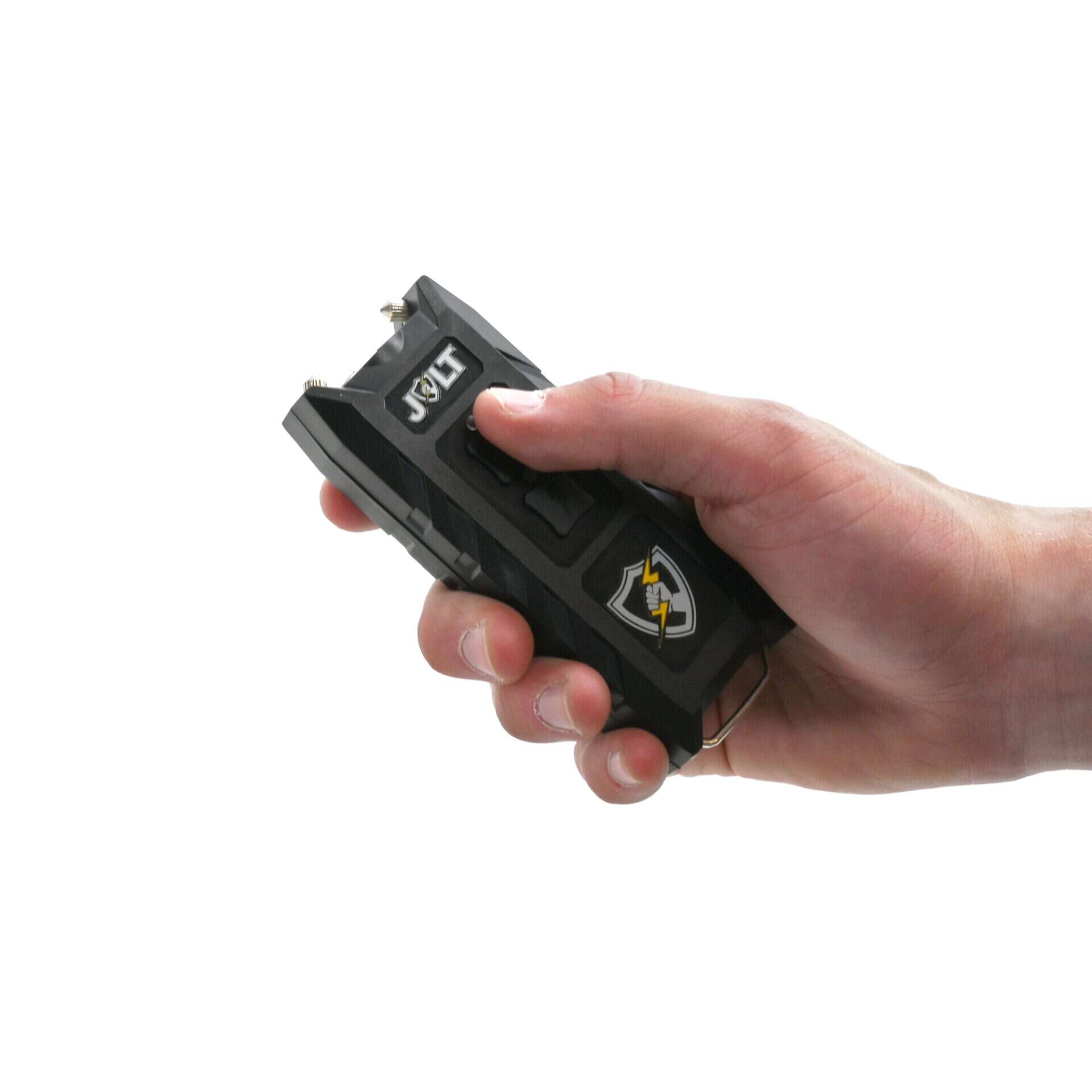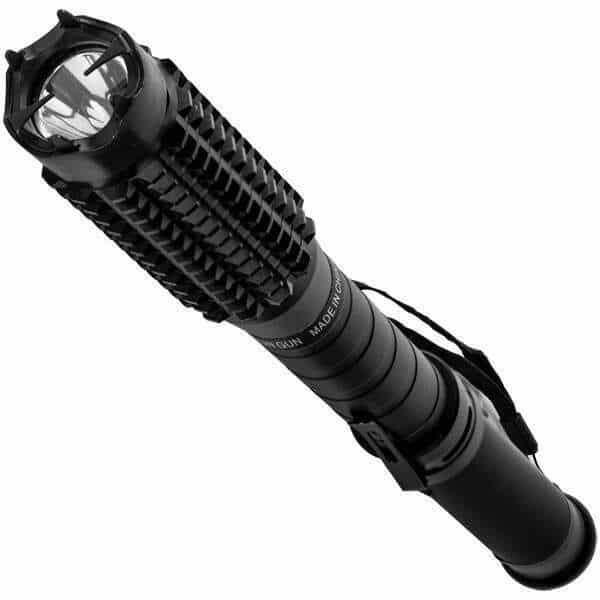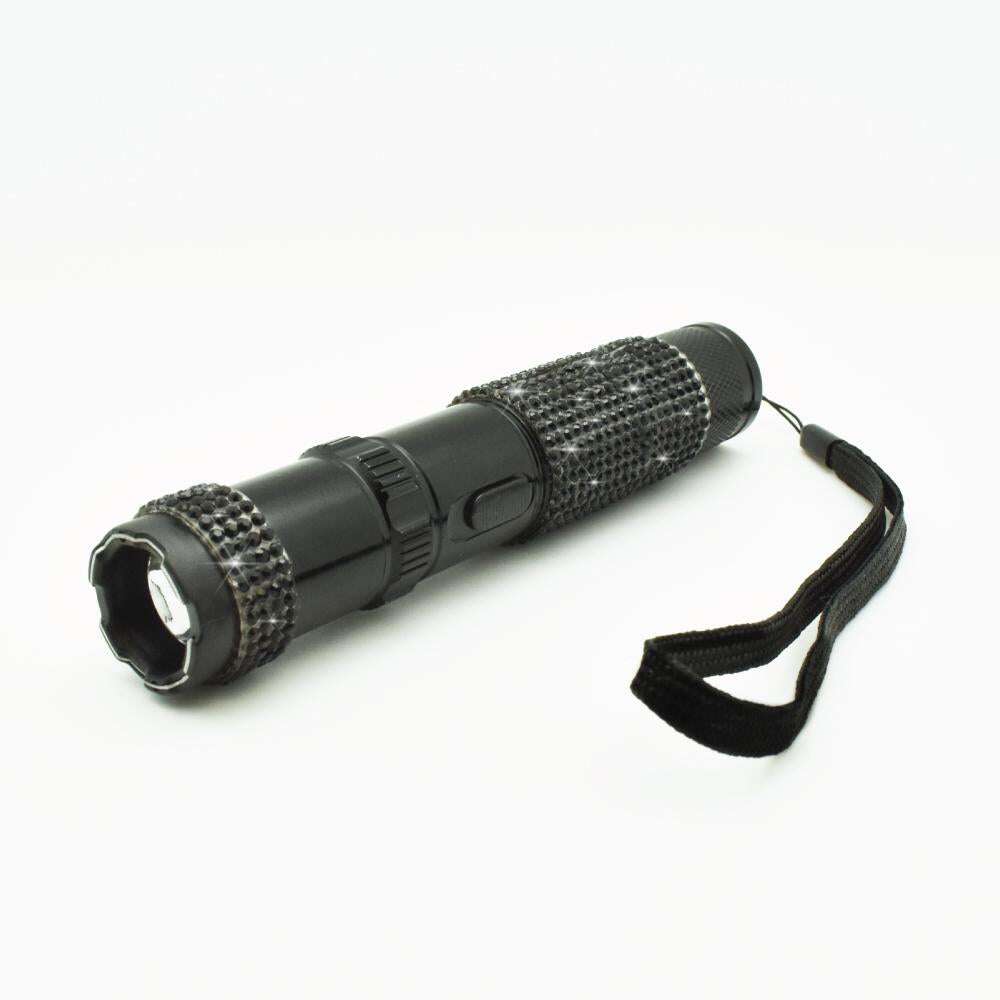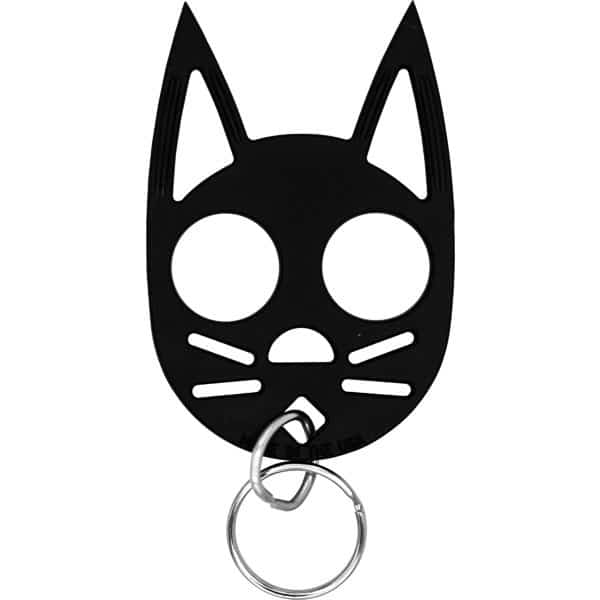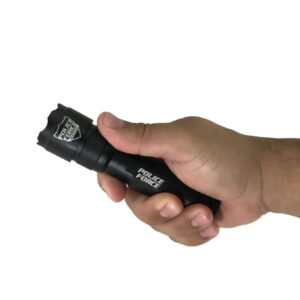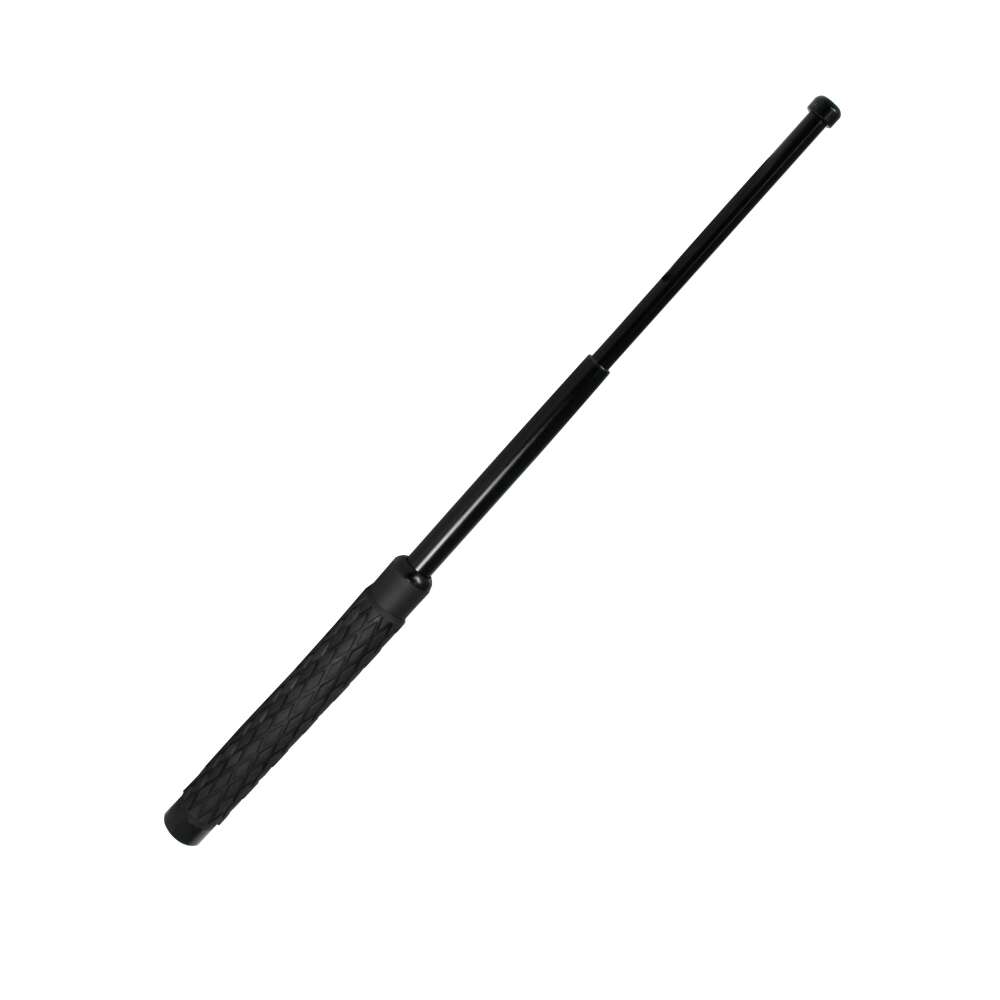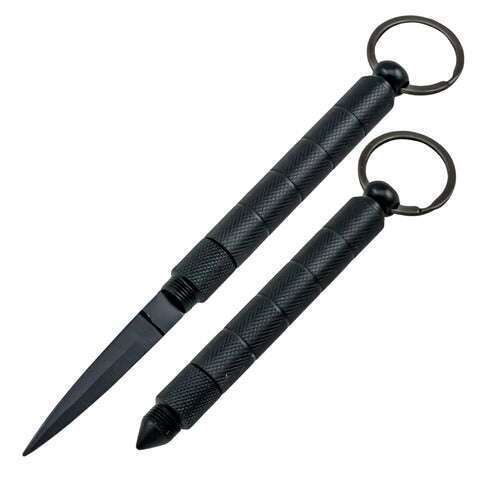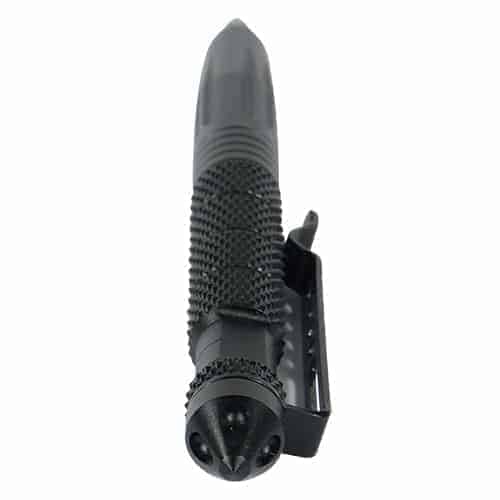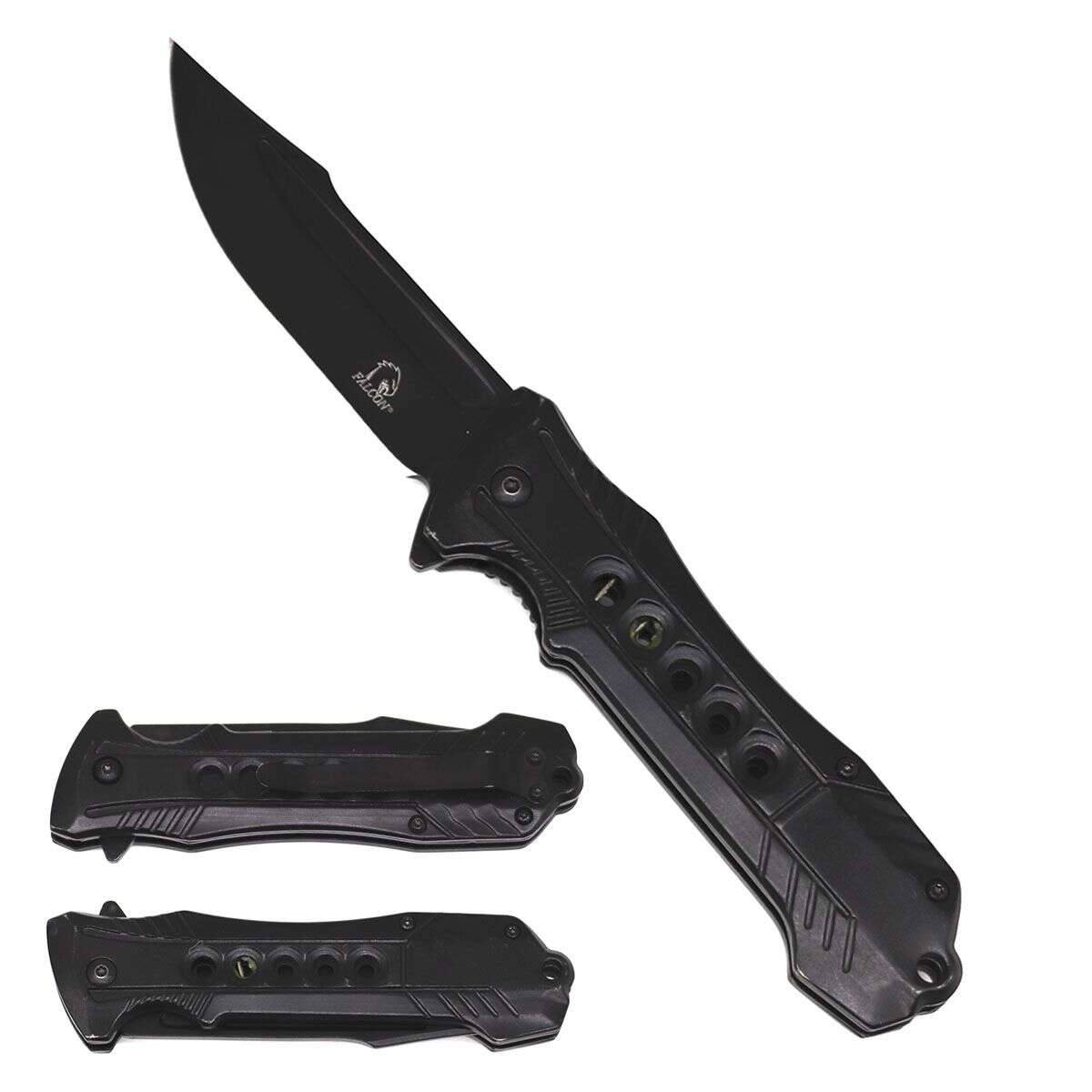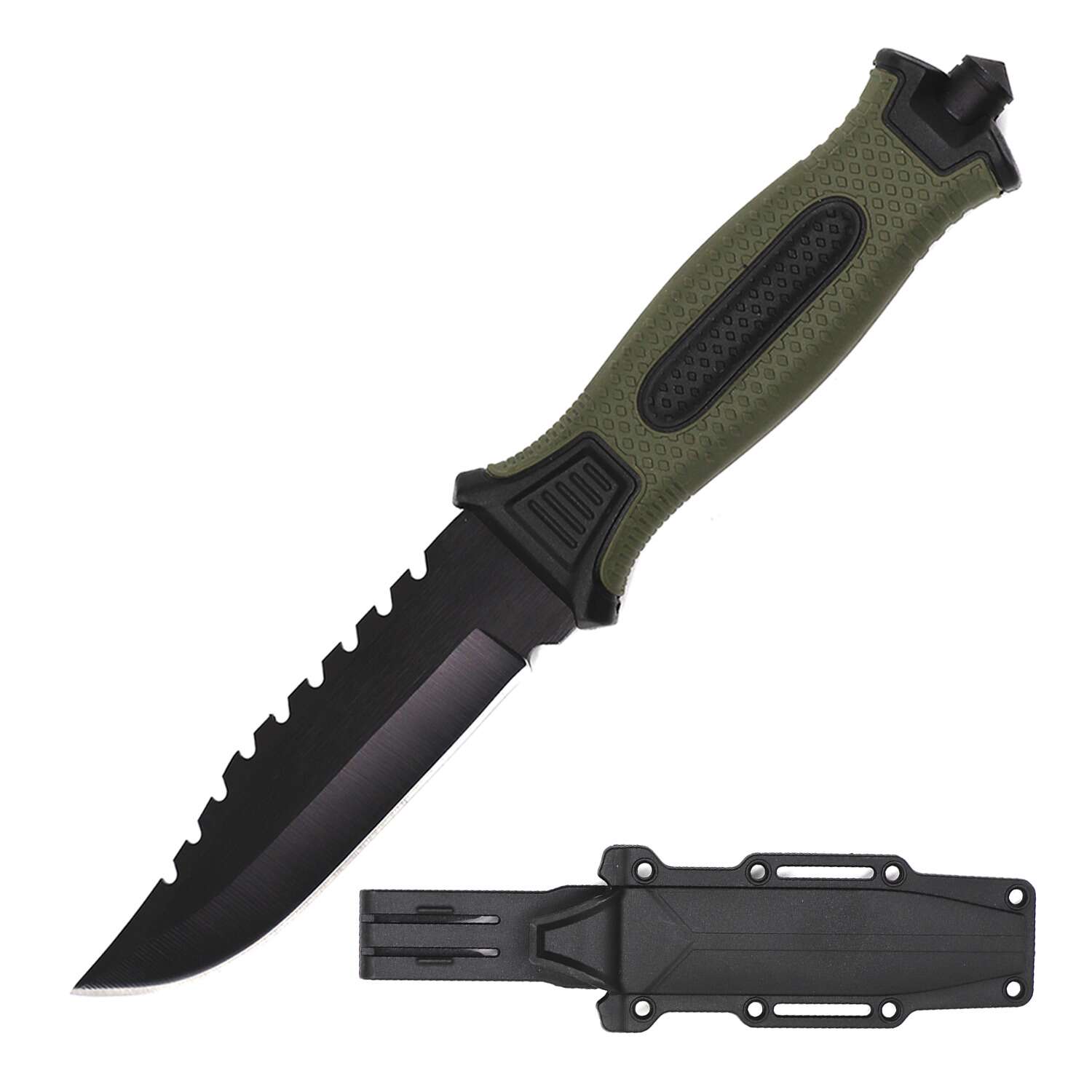Introduction to Self Defense Weapons
When it comes to personal safety, there’s no such thing as being too prepared. Self-defense weapons play a crucial role in empowering individuals to protect themselves from potential threats. But with so many options available, how do you choose the best one for you? In this article, we’ll explore various self-defense weapons, their benefits, and how to select the right one for your needs.
There are several types of self-defense weapons, each with its own advantages and disadvantages. Let’s break them down into three main categories: non-lethal weapons, blunt impact weapons, and edged weapons.
These are designed to incapacitate or deter an attacker without causing permanent injury or death. Some popular options include:
Pepper spray is a popular and affordable self-defense option. It contains oleoresin capsicum, a compound derived from chili peppers that causes temporary blindness, coughing, and difficulty breathing when inhaled. It’s easy to use and can be carried discreetly in a purse or pocket.
Mace spray is a popular self-defense tool that uses a chemical compound called oleoresin capsicum (OC) to temporarily incapacitate an attacker. It is similar to pepper spray, but typically has a higher concentration of OC, making it more effective. Mace spray can be used from a distance of up to 12 feet, making it a versatile option for individuals who want to protect themselves from a safe distance.
Pepper spray guns are non-lethal self-defense weapons that fire a concentrated stream of pepper spray. They can be used from a distance of up to 20 feet, making them a versatile option for individuals who want to protect themselves from a safe distance. Pepper spray guns are often equipped with a laser sight to increase accuracy and ease of use.
Stun guns deliver a high-voltage, low-amperage electric shock that can temporarily incapacitate an attacker. They require direct contact with the assailant’s body, making them less versatile than other self-defense weapons.
Stun batons are self-defense weapons that deliver a high-voltage shock to temporarily incapacitate an attacker. They are longer and more versatile than traditional stun guns, with some models extending up to two feet in length. Stun batons typically require direct contact with the assailant’s body to be effective, but some models also include a taser-like function for use at a distance.
Stun flashlights, also known as tactical flashlights or self-defense flashlights, are versatile self-defense tools that combine the functionality of a flashlight with the effectiveness of a stun gun. They typically deliver a high-voltage shock to temporarily incapacitate an attacker, while also providing a bright beam of light for improved visibility in low-light situations. Some stun flashlights also include additional features such as a built-in alarm or pepper spray.
TASER Guns are electronic control devices that deliver a high-voltage shock to temporarily incapacitate an attacker. Unlike stun guns, they can be used from a distance with the use of projectiles or direct contact. However, they are more expensive and have more restrictions than other self-defense weapons in some states.
Self-defense keychains are compact and discreet self-defense tools that are attached to a keychain. They typically feature a sharp point or striking edge that can be used to defend against an attacker. Some self-defense keychains also include pepper spray or a personal alarm. They are legal in most states, but some states have restrictions on the length or shape of the keychain that can be carried for self-defense.
Tactical flashlights can be used to temporarily blind an attacker or as an improvised striking weapon. They’re especially useful in low-light situations, and some models even include built-in stun guns or pepper spray.
These weapons are used to strike an assailant, causing pain or injury to deter an attack.
Expandable batons, also known as collapsible or telescopic batons, can be easily concealed and extended when needed. They deliver a powerful blow that can cause pain, bruising, or even broken bones.
A kubotan is a small, handheld keychain weapon that can be used for striking or applying pressure to sensitive areas. It’s discreet and easy to carry, making it a popular choice for personal protection.
A tactical pen is a multipurpose tool that can be used for writing, breaking glass, and self-defense. With a sturdy construction and sharp point, it’s capable of inflicting significant damage when used properly.
Edged weapons include knives and other sharp tools that can be used for self-defense.
Folding knives are compact and easily concealed, making them a popular choice for self-defense. They typically have a locking mechanism to prevent accidental closure during use. However, they may require more training to use effectively.
Fixed blade knives are typically stronger and more durable than folding knives. They are better suited for self-defense, but their larger size may make them more difficult to conceal.
Before purchasing a self-defense weapon, it’s essential to research local laws and regulations. Some weapons may be restricted or prohibited in certain areas. Additionally, carrying a self-defense weapon may require a permit or registration in some jurisdictions.
When selecting a self-defense weapon, consider the following factors:
- Ease of Use: Choose a weapon that you can quickly and easily deploy in a high-stress situation.
- Concealability: A concealed weapon is less likely to draw attention and can be more easily accessed when needed.
- Effectiveness: The weapon should be capable of stopping an attacker and providing you with an opportunity to escape.
- Legal Compliance: Ensure that the weapon you choose is legal in your area and that you are aware of any requirements for carrying it.
No matter which self-defense weapon you choose, it’s crucial to receive proper training and practice regularly. This will help ensure that you can effectively use the weapon in a high-stress situation and avoid causing harm to yourself or others.
While self-defense weapons are an essential tool for personal protection, it’s always best to avoid dangerous situations when possible. Practicing situational awareness and learning how to recognize potential threats can help you stay safe and avoid the need to use your self-defense weapon.
Conclusion
Self-defense weapons are a valuable tool for personal protection, but it’s essential to choose the right one for your needs and skill level. By considering factors such as ease of use, concealability, and effectiveness, you can make an informed decision that will help keep you safe. Don’t forget the importance of training, practice, and situational awareness in avoiding dangerous situations and ensuring your safety.
Frequently Asked Questions
- What is the most effective self-defense weapon?
There is no single “best” self-defense weapon, as the effectiveness of a weapon depends on factors such as the user’s skill level, the situation, and the attacker’s size and strength. It’s essential to choose a weapon that you’re comfortable with and can use effectively.
- Is it legal to carry a self-defense weapon?
Laws regarding self-defense weapons vary by location. It’s crucial to research the laws in your area and ensure you are in compliance before carrying a self-defense weapon.
- Do I need a permit to carry a self-defense weapon?
Permit requirements for self-defense weapons vary depending on the type of weapon and local laws. It’s important to research the regulations in your area and obtain any necessary permits before carrying a self-defense weapon.
- How can I learn to use a self-defense weapon effectively?
Seek out professional training from a certified instructor or self-defense school. Regular practice is essential to maintain your skills and ensure that you can use your self-defense weapon effectively in a high-stress situation.
- Can I carry a self-defense weapon while traveling?
Laws and regulations regarding self-defense weapons may vary between countries and even within different regions of the same country. Research the laws in your destination and any transit locations to ensure you are in compliance.

